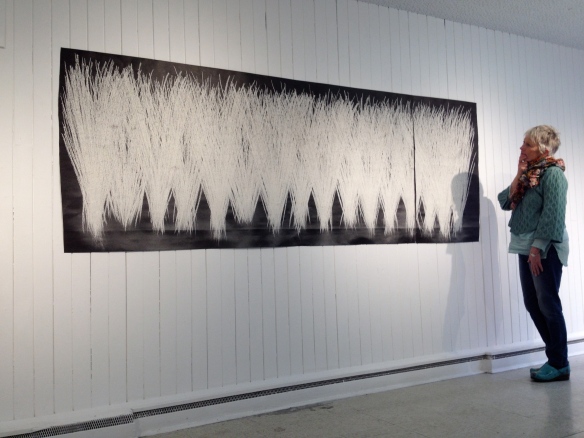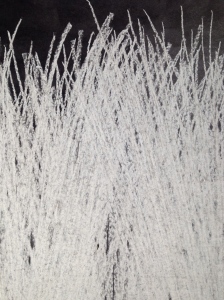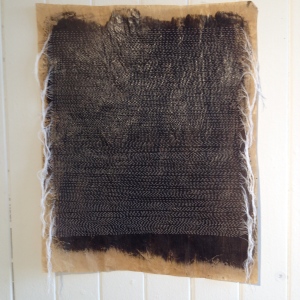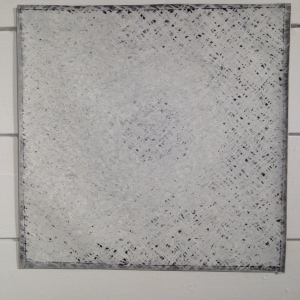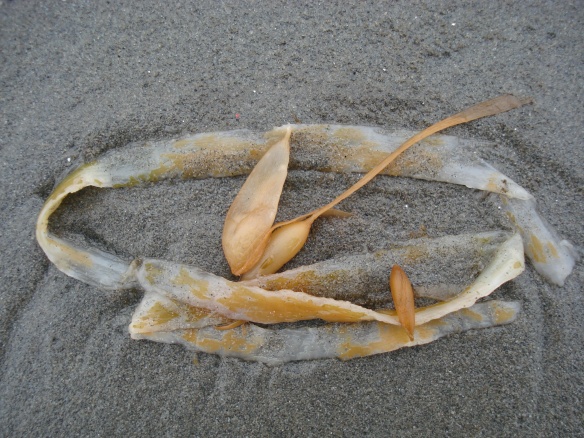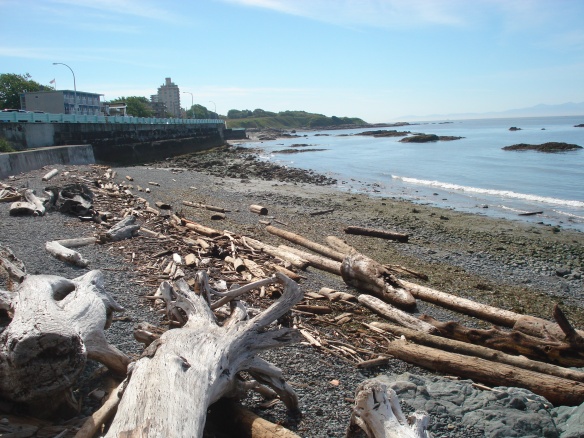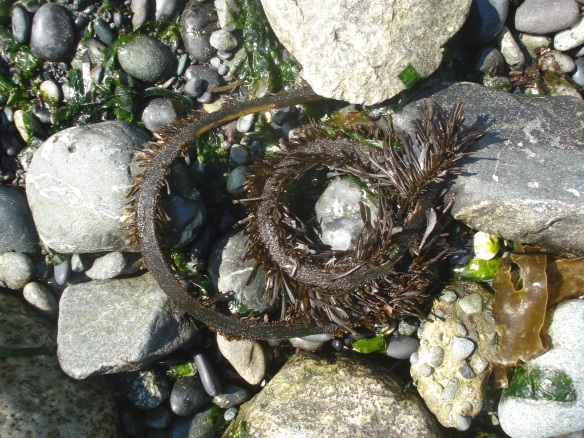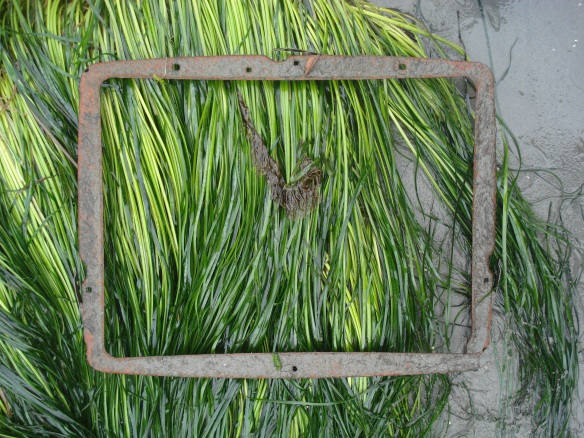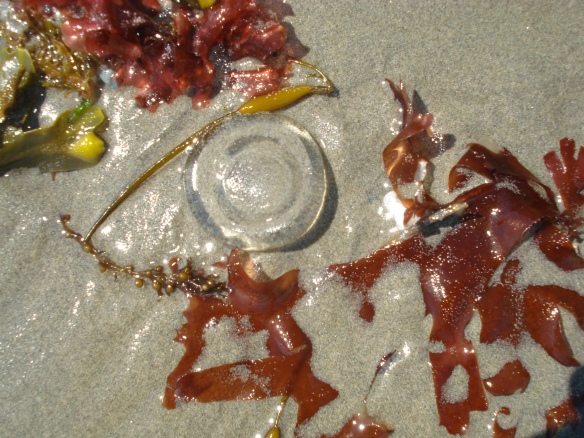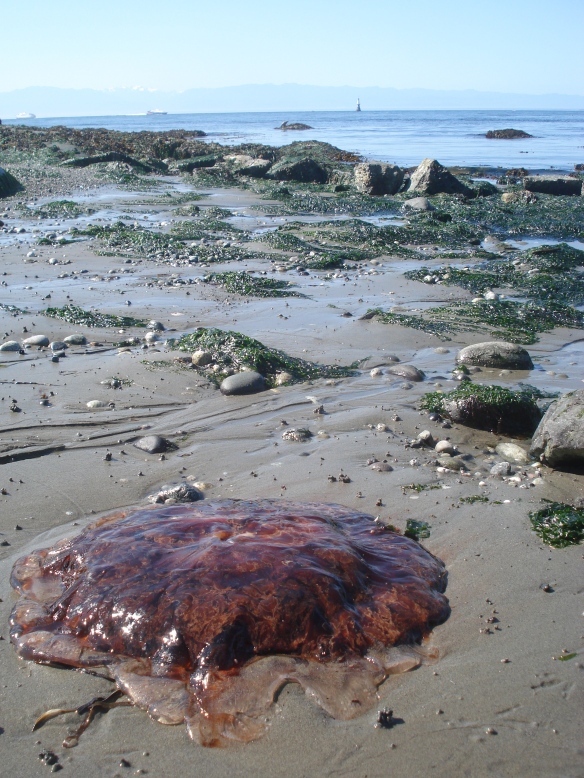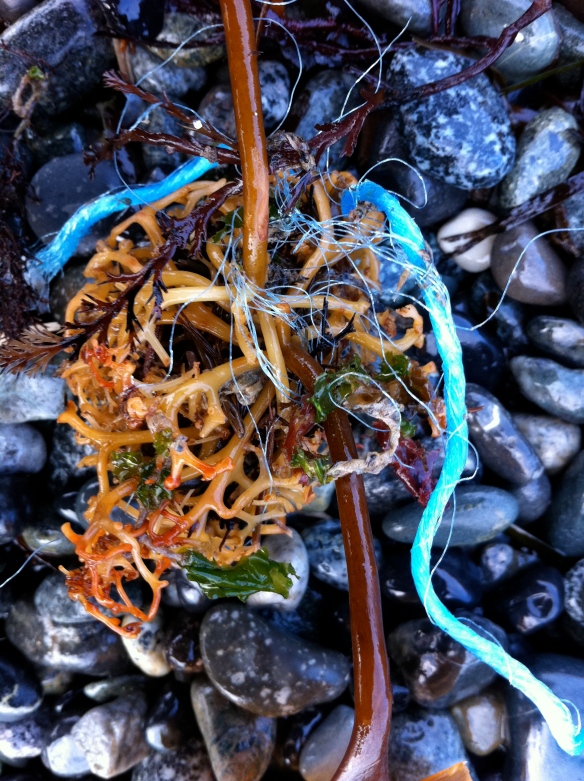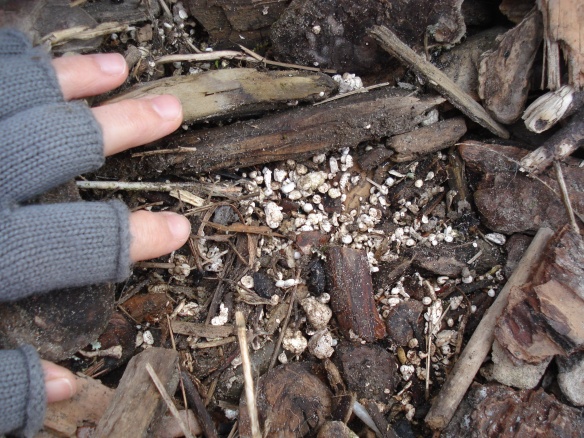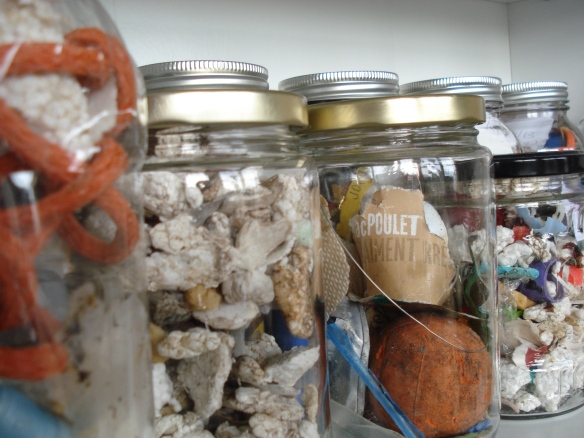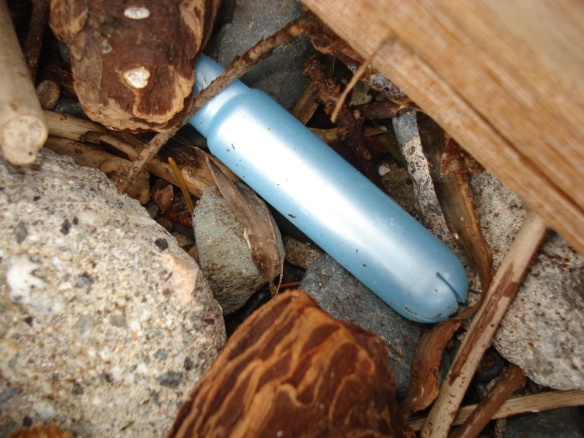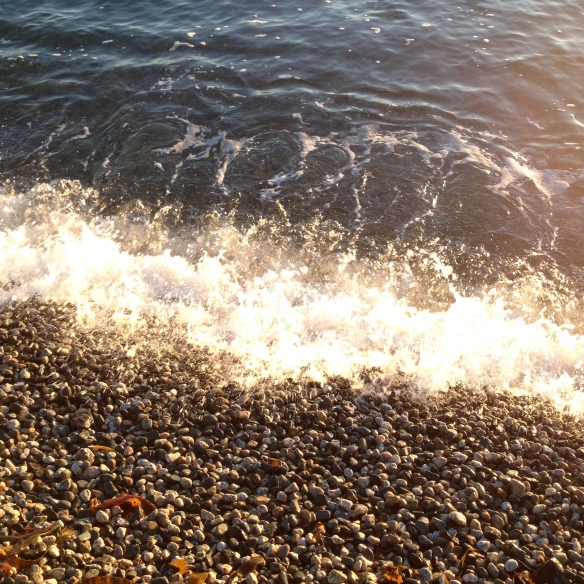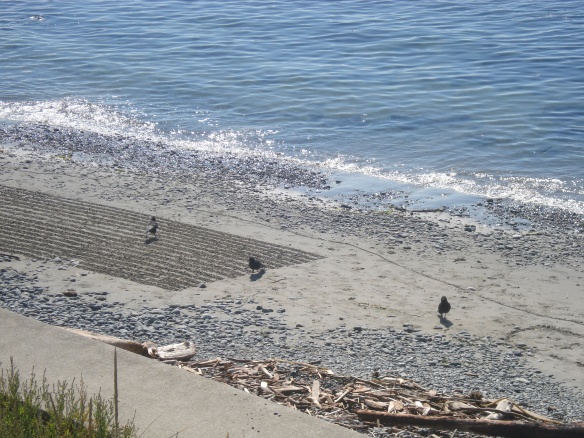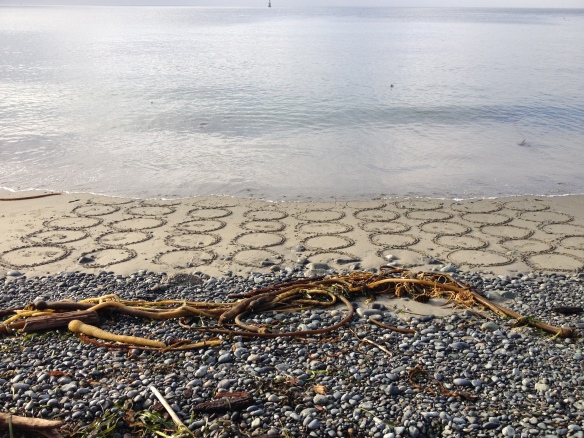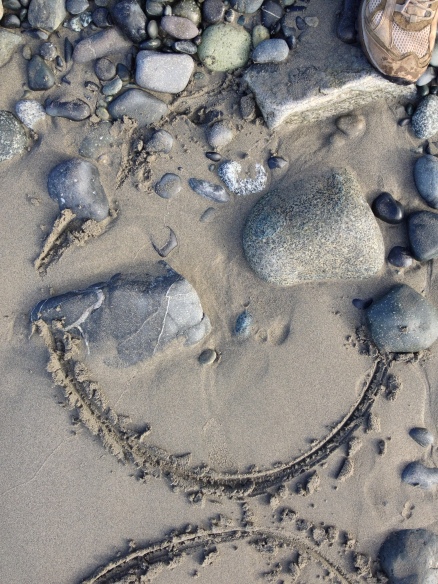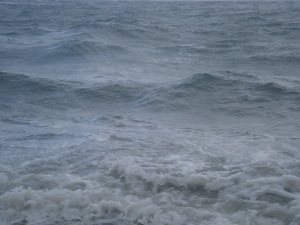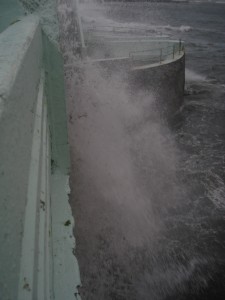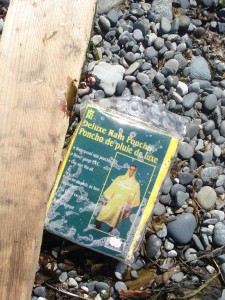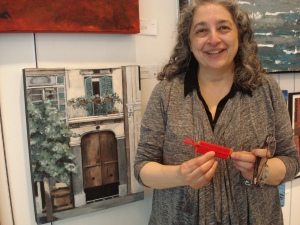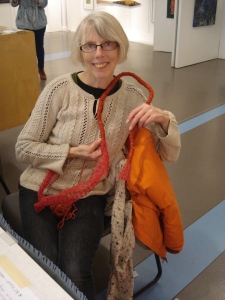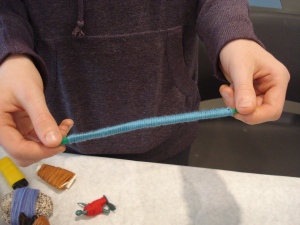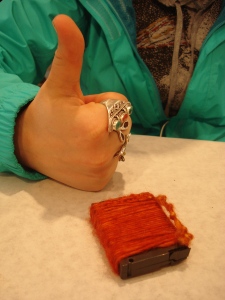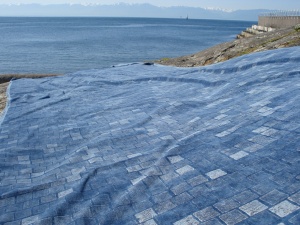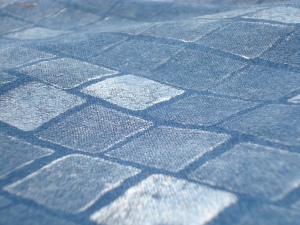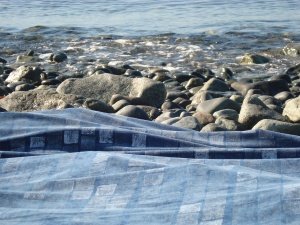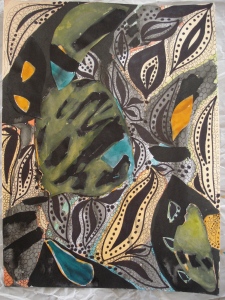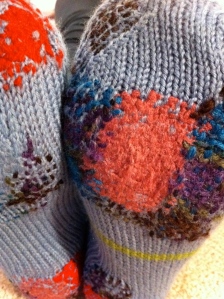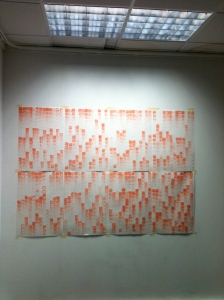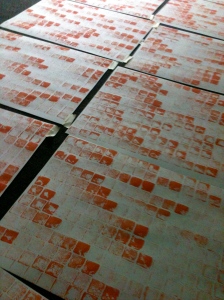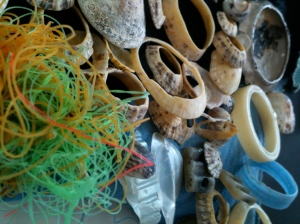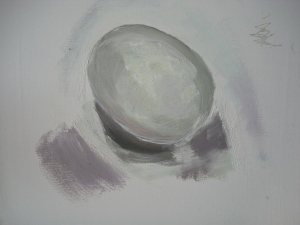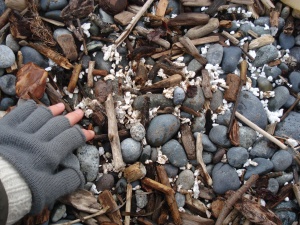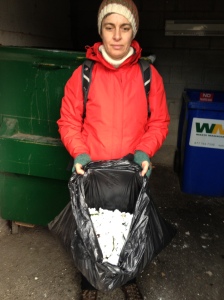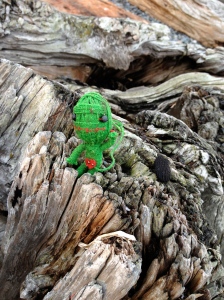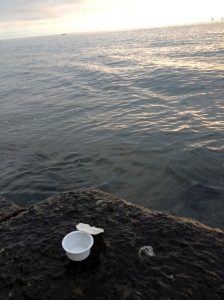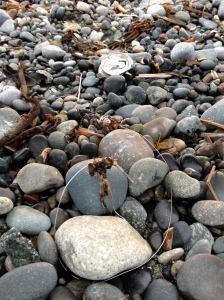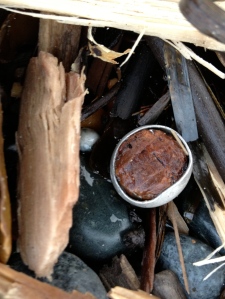The past six months I’ve been in the studio more than on the beach, drawing, stitching and printing. On Friday some of this work was unveiled at a solo show at the Slide Room Gallery in Victoria BC.
Here are some installation shots of the show:
As you can see, these pieces are something of a new direction in my practice. The statement I wrote for the show explains what’s been going on:
“I cleaned ocean debris from beaches for four years. It was physically demanding and repetitive work that often seemed futile and made me feel invisible. I knew the next tide would bring more debris; that I would never be able to take it all away. I needed to do something with visible results. So last summer I took some chalk and invented a new action for myself: row upon row of small white lines covering a schoolroom chalkboard.
This series is about repetitive, sustained action. I make drawings and prints composed of hundreds of lines, dots and circles, using everyday materials such as found wood, discarded paper, Styrofoam meat trays, sewing thread, and chalk. They are made by repeating specific actions – drawing a dot or a line, sewing a stitch or pressing down an ink-stained stamp. I play with notions of visibility and invisibility. Repair stitches and rough edges are left in place as evidence of making in some pieces. In others, the marks build up until they obscure themselves.
Much of the work requires a level of endurance that creates a tension between the effort involved and the quality of the material used. Like cleaning beaches, it is an attempt to establish some kind of order. The resulting marks, be they permanent stitches in a piece of paper or easily-erased chalk on wood, resemble a language or counting system. In them I see the history of my actions. I see myself.”

